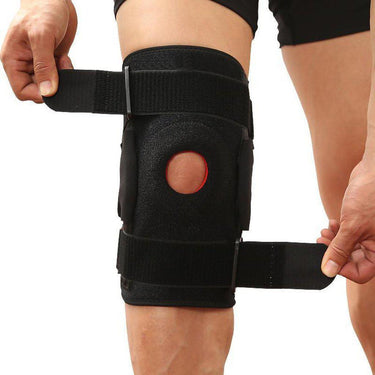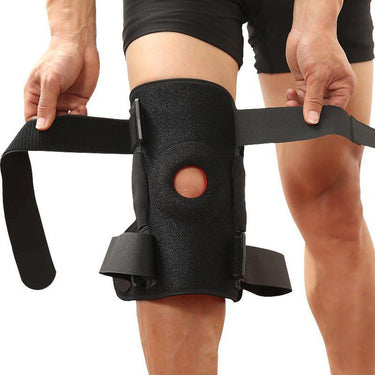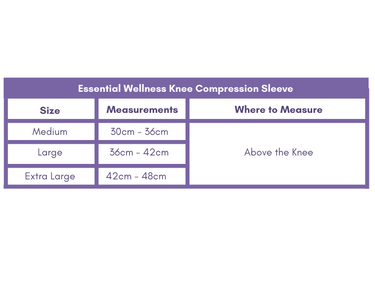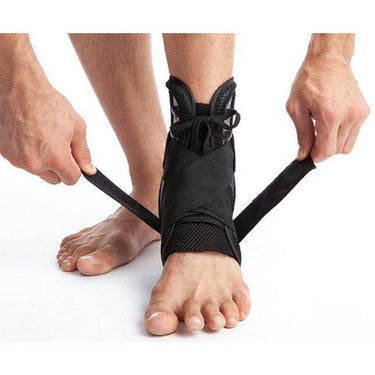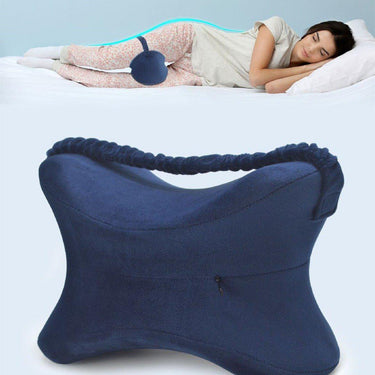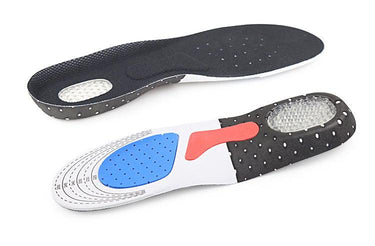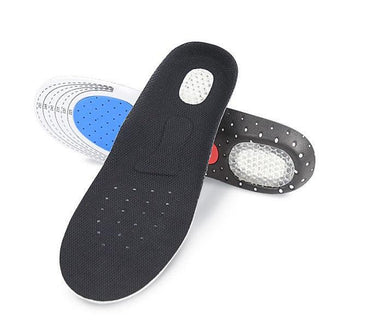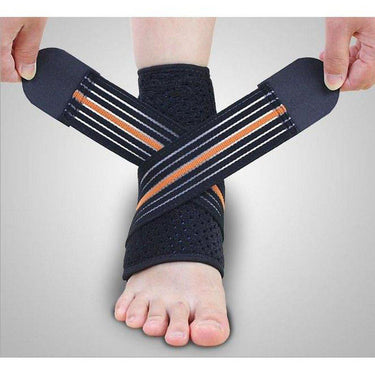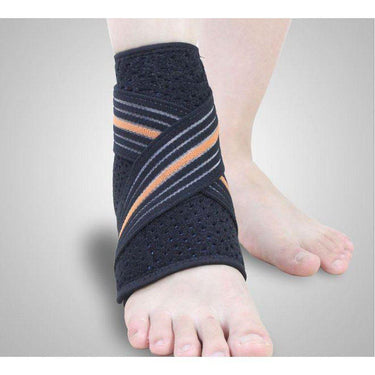How to Walk with Crutches
Walking with crutches can be essential when dealing with pain in the legs or back. Whether recovering from surgery, coping with long term pain in the knees, hips or ankles or if you've been issued crutches to deal with back pain they are often a challenge to get used to.
Using crutches helps to sustain mobility and increase independence by taking the strain off the back and legs and transferring the pressure through the arms and crutches. Usually, this means people are able to move around more, get back to activities they enjoy and feel more confident on their feet.
Most people are given crutches by a health professional and shown how to use them. Others may choose to purchase a walking stick plus knee support combo to help ease their pains and make life easier.
The idea is that they support your usual walking pattern so you can walk further and be more comfortable. They shouldn't make you feel off-balance or uncomfortable. For some individuals, they are a lifeline to being able to do daily tasks and activities.
Selecting the Correct Crutch Height
One of the key parts of using crutches regularly is getting the height correct. If they are too tall, you can end up with your neck and shoulders aching. Too short and you may be stooping and this might cause your back to ache when you are walking over long distances.
- Standing without your crutches, relax your arms by your sides, standing at your full height.
- Place the crutch by your side and line the hand bar up with the crease of your wrist.
- If it's not already in this position, the bottom end of the crutch needs to be adjusted - pinch the pins inwards so you can slide the bottom half of the crutch into position so the handle lines up with the wrist crease.
- Change the other crutch to match.
Sometimes it's easier if you have a second person to help you with this task as it can be hard to see the right position for yourself.
Walking with Crutches
If we imagine you are starting from a standstill, and have pain in one or both legs or in your back. Place both the crutches out in front of you and lean on them as you step your 'bad' leg forward. As you take your weight forward, and step with your 'good' leg, move the crutches forward again to place them in front of you and get into a rhythm of doing this to maintain your normal walking pattern.
Things to Remember..
- Double check the crutches before you start using them - are both rubber stoppers on the bottom of the crutches (ferrules) relatively new and not worn down?
- Have you adjusted the crutches for your height?
- When standing still take both crutches in front and slightly to your sides
- Lean through the crutches and step into the space with your painful leg.
- When you've taken the step you'll feel your weight is over the crutches and your 'good' leg will swing through and step past the line of the crutches.
- As your weight is stable on your good leg, move the crutches forward into the space ahead so you can take another step.
- Take your time and get into a walking pattern that feels natural.
- Look ahead, at where you are going rather than down at the floor at your feet - this will help your confidence and balance.
Give yourself time to get used to using crutches!
If you are just using 1 crutch to give you a free hand - use the crutch on the opposite side to your leg pain. If you are using crutches due to your back pain then when walking do what feels most comfortable. If walking for long periods of time with back pain, try to alternate the crutch from side to side so that you are not placing excessive strain on one side.
If you are struggling to use your crutches or are still feeling unsteady or in a lot of pain after a few days of use please refer back to the health professional that issued them.




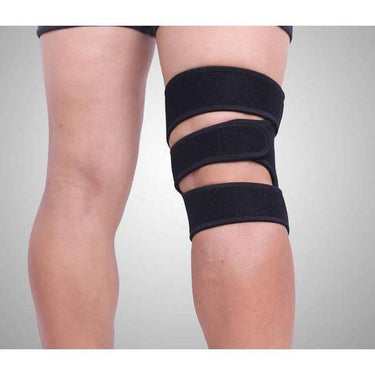
![Extra Large Knee Support, Adjustable Fit - More comfort for larger knees-Orthotics, Braces & Sleeves-[Single] Knee Support - Extra Large-Essential Wellness-5060536630770](http://essentialwellness.co.uk/cdn/shop/products/orthotics-braces-sleeves-extra-large-knee-support-adjustable-fit-more-comfort-for-larger-knees-1_375x.jpeg?v=1640355859)
![Extra Large Knee Support, Adjustable Fit - More comfort for larger knees-Orthotics, Braces & Sleeves-[Single] Knee Support - Extra Large-Essential Wellness-5060536630770](http://essentialwellness.co.uk/cdn/shop/products/KneeSupportSizeGuide_375x.png?v=1626784613)
